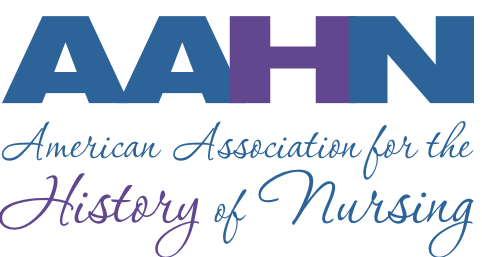- Home
- About AAHN
- Membership
- Research & Resources
- Publications
- Conference
- Members Only
- Contact Us
President's Message January 2021As we begin a new year, I’d like to share some thoughts about our profession and the ambiguities of working in a complex environment while providing care to human beings, especially as we navigate the pandemic. I increasingly hear hospital administrators tell the public that ICU beds without ICU nurses will do them no good if they need intensive care. This seems obvious, but until recently nurses were the invisible, unseen key component of health care. ICU nurses, by virtue of advanced education and training, are unique. They are used to technology, can manage complexity and yet, maintain a safe environment that recognizes the humanity of those in their care. I recently read a tweet from an ICU nurse who entered the room to assess her patient after shift report. The young woman, critically ill with COVID-19, had ten pumps, was on a respirator and was placed in a prone position. This was not particularly unusual, but the incoming nurse noticed something that was. The woman’s long hair was plaited in a perfect French braid. A recognition that this was someone special. I’ve also seen physicians remark that there have been instances before they intubate, that the nurse asks them to pause while they call the family, for what could be the last words spoken among family members. Or physicians looking at the ICU nurse for guidance on what to say to a grief-stricken family on Zoom after a family member dies. How is it that nurses have become so familiar and even comfortable with technology while humanizing patient care? Sandelowski (2000) calls nurses boundary workers, who regularly traverse the terrain between care and cure and move between sympathy and skill, subject to the ambiguities of boundary work. These ambiguities are seen in the use of electronic health records in hospice care; the role of the nurse practitioner serving the diverse needs of vulnerable populations; or public health nurses working to reduce the community spread of COVID-19 in rural communities. These examples reflect a continuing desire to embrace direct, embodied care with the use of science and technology. Nurses are so comfortable working with technology that we don’t really think about it anymore. We train nursing students in simulation labs where manikins breathe and communicate. Their vital signs change in an instant, causing students to react, if they notice. Nurses care for patients with artificial joints, transplanted organs and implanted pacemakers. And we rely on computers to tell us when we’ve made a medication error or alert us when prescribed medications are incompatible. While technological innovations have enlarged the scope of nursing practice and improved care in many instances, they are only part of what makes nursing and nurses indispensable. We also don’t really think about the emotional investment that nurses make on behalf of those in their care. The small things they do, such as calling the patient by their name instead of their diagnosis or room number, putting pictures of their grandchildren where they can be seen in the ICU, or bringing pets to their hospice room. The unseen, key component of care that nurses provide, when no one is watching, in the terrain between boundaries, is still the essence of nursing. I will end this letter with the words of a colleague, who works in an ICU and navigates the terrain between sympathy and skill in working conditions that can only be described as impossible: ““Please know that even if you can’t visit your loved ones, conscious or not, nurses still quietly comb their hair, talk to them, tuck them in warm blankets & maintain their humanity. These are some of the most important things we do, even if - especially if - no one sees us. There is so much quiet dignity maintained in dark, still rooms between unconscious patients & their nurses. We talk about their families, we explain what we’re doing, we apologize for painful interventions...and we SEE them even when no one, including the patient, can see us. Much of nursing is done behind the scenes - behind respectfully closed curtains, inside the always humming mind of a busy nurse, quietly whispered between nurses bouncing ideas off one another. The best parts of nursing are done from the heart, with the mind, through the hands.” I marvel at all of the good work nurses are doing in all corners of the world in the middle of the worst public health disaster in 100 years. I’d love to hear your thoughts. Thank-you for reading. Please note that our Talking History 2021 series begins on January 23, 2021 and the topic is pertinent to today: Public Health & Disasters. Registration information is available on the website at AAHN.org. Please write if you have suggestions, comments or ideas on how to make AAHN more responsive and relevant in your life. Best wishes for a healthy, happy new year! Melissa M. Sherrod, PhD, APRN, AGCNS-BC Sandelowski, M. (2000). Devices & desires: Gender, technology and American nursing. The University of North Carolina Press.
|
